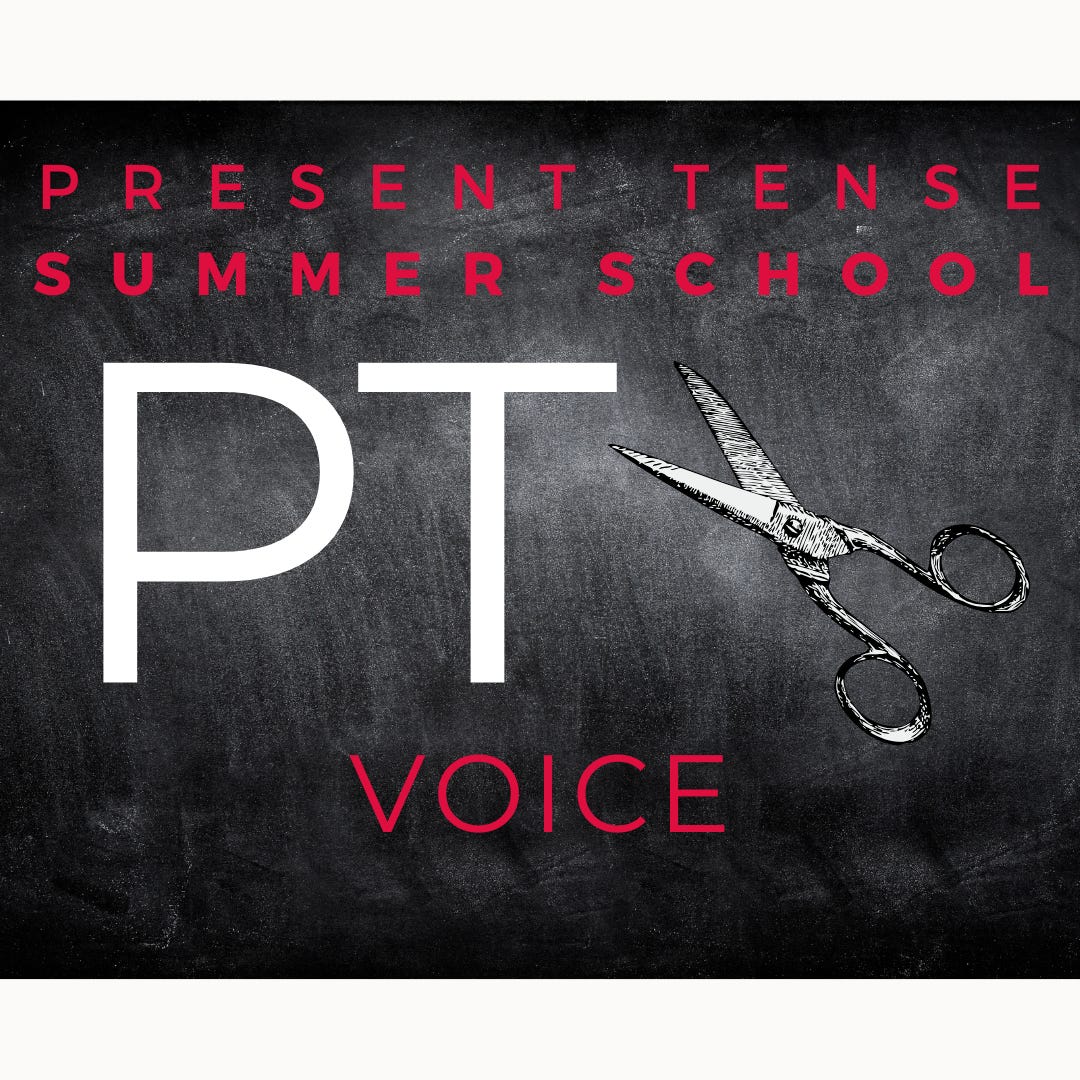If you missed the first two weeks, here they are:
Genre: Leaning into genre, discovering your genre by accident, and watching TV/movies to dissect genre differences.
Character: “Auditioning” characters, what makes characters feel real.
Coming later: Tension, Containment, Setting, Theme, Twists
Can we ask you a favor? Please share, re-stack, and/or mention this series in Notes if you’re so inclined. We’d love to reach more readers!
And also: a HUGE CONGRATS to frequent contributor Kristin Offiler, whose debut novel, THE HOUSEWARMING, officially pubs today—and it already has 4545 ratings on Amazon thanks to its early selection for the First Reads program. How does someone have such a stellar success BEFORE she debuts? I am counting on Kristin to tell us in a future blogpost, once she recovers from her whirlwind launch.
Week 3: Voice
Voice is the craft element we talk about least here at PT, and not because it’s unimportant. The problem with voice is that it evades easy analysis. The simplest definition I’ve read for voice or style is simply “an author’s fingerprint on the page.”
But what is that fingerprint, exactly? Diction (word choice) and syntax? Yes. But that’s where agreement oftens ends. I take a lumper’s view of voice, adding to basic sentence-level choices the larger issue of worldview—including what a writer cares about, observes, and draws our attention to. In other words, content, not merely style, because content becomes style, in many cases.
Here’s another thing you don’t find many craft posts or books talking about: how we can purposefully expand or sharpen our voices.
The first answer is nearly always: READING.
What does a successful author choose to read? What else does she do and how can we learn from her? Let’s segue to our post about Rebecca Makkai, author of I Have Some Questions for You.
Homework:
One of my favorite self-study tools is the ebook samples that can be downloaded from Amazon, with or without a Kindle. (You can read them in a Cloudreader on a normal laptop if you don’t have an ereader.) If you are trying to pin down how voices vary, choose five to ten samples of authors in your genre and read opening pages in quick succession without allowing yourself to get pulled into the plot and global craft issues. You might even decide to type out opening paragraphs or pages from multiple authors to trick your brain into slowing down and really noticing things like diction and syntax, which are hard to analyze otherwise!
Do your best to articulate the differences you are seeing. (And heck—write about it for us! We would love some guestposts on the voices of well-known suspense, mystery, thriller, or horror writers!)
Your Turn:
How would you define a favorite author’s voice or style on the micro-level?
Do you think plot-heavier genres, like suspense, encourage a flattening of voice?
What could you do in the next six months to learn to identify and/or heighten/refine/expand/strengthen your own voice?
When we talk about singing, we invariably talk about “range.” Do you have a favorite author who shows an admirable range when it comes to sentence-level writing?
Come back next week for our fourth installment!
Andromeda Romano-Lax is the author of seven novels, including The Deepest Lake, a Barnes & Noble Monthly Pick and Amazon Editor’s Choice, and the forthcoming What Boys Learn, available for pre-order and on NetGalley. Andromeda and Caitlin Wahrer co-created this newsletter in order to share their love of the craft and community aspects of suspense writing.



Narrative voice is a character with personality. Writing in first person can make this easier, and in third person, this means occupying point of view to the greatest extent possible. James M Caine did this very well with his first person narrator in THE POSTMAN ALWAYS RINGS TWICE. Connie Mae Fowler establishes that voice in the first paragraph in RIVER OF HIDDEN DREAMS with her third person narration, very much the mind and thoughts of her protagonist on the page.
A lot of Southern writers get this well, because of the storytelling tradition in the region, emulating tales told on the front porch. It's not always easy to maintain this, but the effort of writing in character pays off.